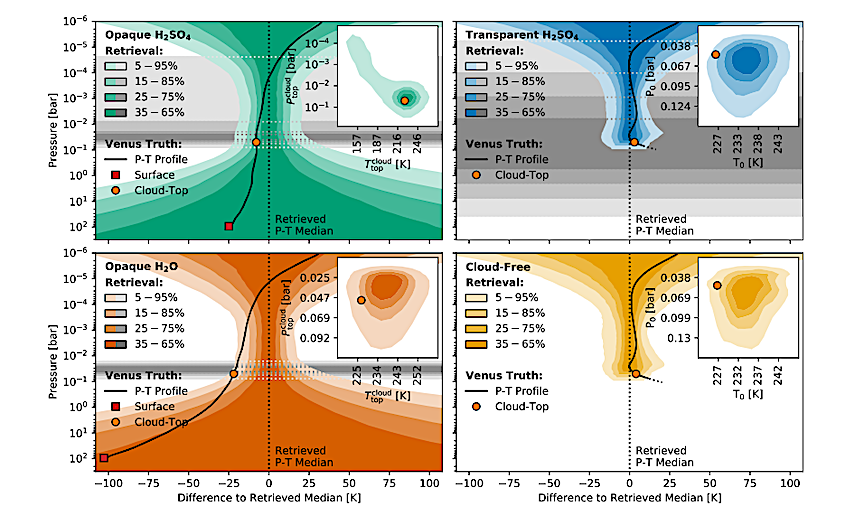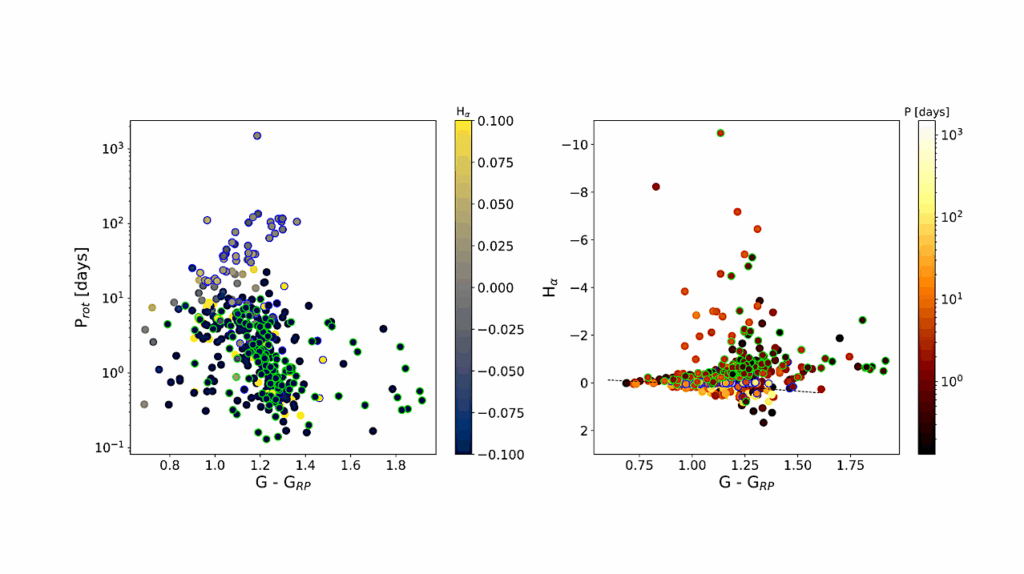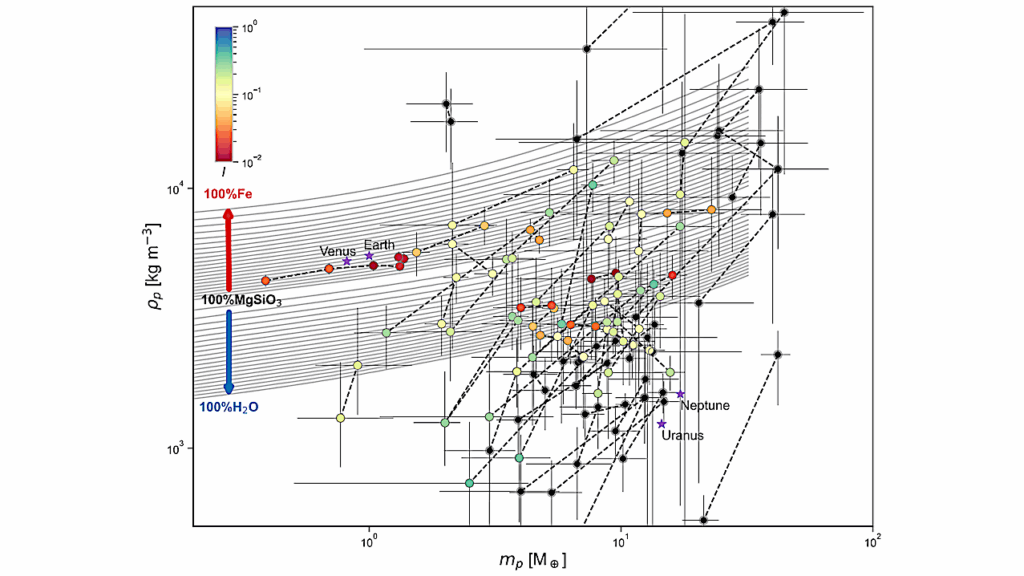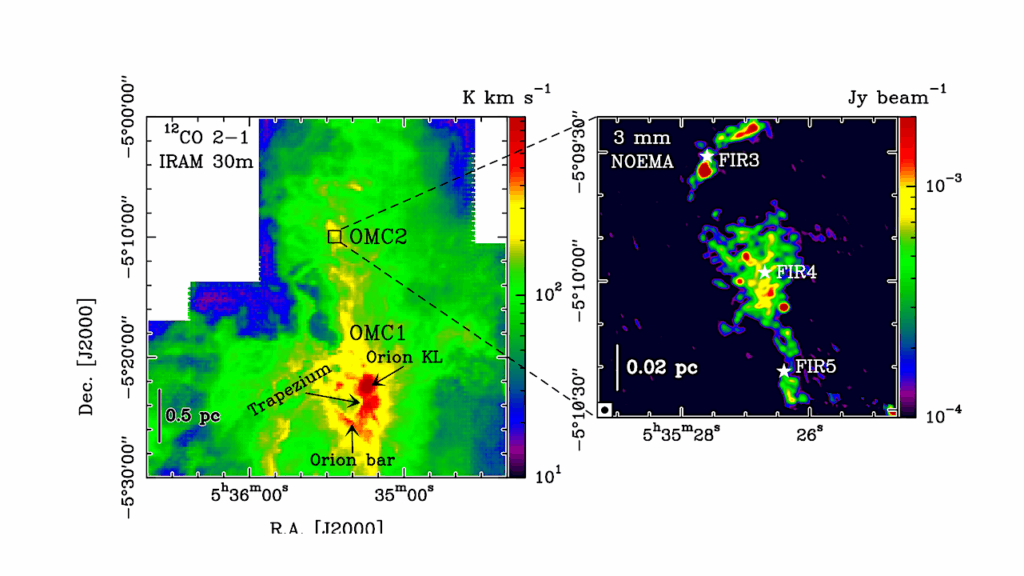Large Interferometer For Exoplanets (LIFE): X. Assessing the Impact of Clouds on Atmospheric Retrievals at Mid-Infrared Wavelengths with a Venus-Twin Exoplanet

The Large Interferometer For Exoplanets (LIFE) initiative aims to develop a space based mid-infrared (MIR) nulling interferometer to measure the thermal emission spectra of temperate terrestrial exoplanets.
We investigate how well LIFE could characterize a cloudy Venus-twin exoplanet to: (1) test our retrieval routine on a realistic non-Earth-like MIR spectrum of a known planet, (2) investigate how clouds impact retrievals, (3) refine the LIFE requirements derived in previous Earth-centered studies.
We run retrievals for simulated LIFE observations of a Venus-twin exoplanet orbiting a Sun-like star located 10 pc from the observer. By assuming different models (cloudy and cloud-free) we analyze the performance as a function of the quality of the LIFE observation. This allows us to determine how well atmosphere and clouds are characterizable depending on the quality of the spectrum.
Our study shows that the current minimal resolution (R=50) and signal-to-noise (S/N=10 at 11.2μm) requirements for LIFE suffice to characterize the structure and composition of a Venus-like atmosphere above the cloud deck if an adequate model is chosen.
However, we cannot infer cloud properties. The accuracy of the retrieved planet radius (Rpl), equilibrium temperature (Teq), and Bond albedo (AB) depend on the choice of model. Generally, a cloud-free model performs best and thus the presence of clouds cannot be inferred.
This model dependence of retrieval results emphasizes the importance of developing a community-wide best-practice for atmospheric retrieval studies. If we consider higher quality spectra (especially S/N=20), we can infer the presence of clouds and pose first constraints on their structure.
B. S. Konrad, E. Alei, S. P. Quanz, P. Mollière, D. Angerhausen, J. J. Fortney, K. Hakim, S. Jordan, D. Kitzmann, S. Rugheimer, O. Shorttle, R. Wordsworth, the LIFE Collaboration
Comments: Re-submitted to A&A after a first iteration with referee; 15 pages (main text incl. 8 figures and 6 tables) + appendix; comments are welcome. This paper is part of a series on the LIFE telescope. Related series papers: arXiv:2101.07500, arXiv:2203.00471, arXiv:2112.02054, arXiv:2204.10041
Subjects: Earth and Planetary Astrophysics (astro-ph.EP); Instrumentation and Methods for Astrophysics (astro-ph.IM)
Cite as: arXiv:2303.04727 [astro-ph.EP] (or arXiv:2303.04727v1 [astro-ph.EP] for this version)
Submission history
From: Björn S. Konrad
[v1] Wed, 8 Mar 2023 17:15:09 UTC (4,490 KB)
https://arxiv.org/abs/2303.04727
Astrobiology








